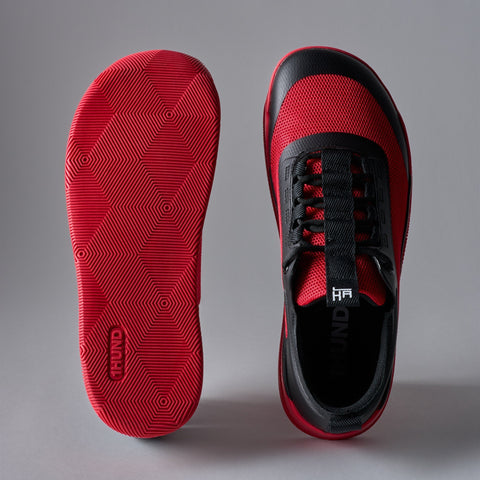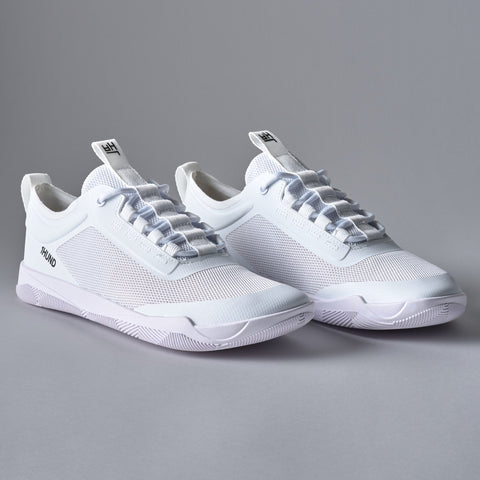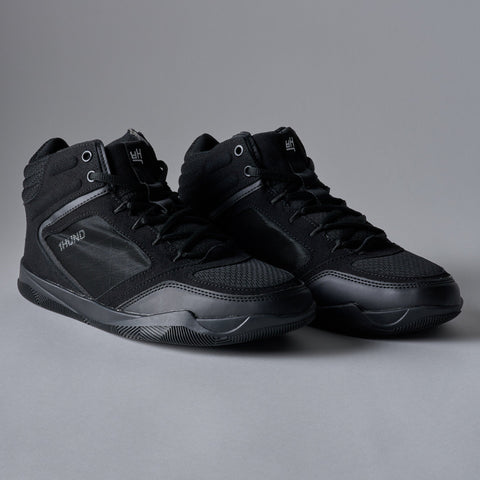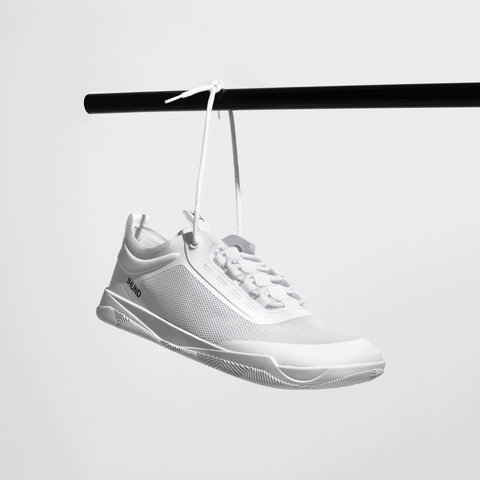
Flat vs. Raised Heel Shoes: What's Better for Squats and Deadlifts?
Choosing the right shoe can make or break your training session, especially when it comes to lifting heavy or moving dynamically. Two of the most common shoe types you’ll encounter are zero drop shoes and heel elevated shoes. But which is better for your goals?
In this article, we break down the key differences, benefits, and drawbacks of each, so you can decide which shoe style deserves a spot in your gym bag.
What Are Zero Drop Shoes?
Zero drop shoes feature a sole with no height difference between the heel and forefoot. This design encourages a natural foot position, promoting balance and full foot engagement.
Key benefits:
-
Encourages natural foot biomechanics and toe splay
-
Improves ankle mobility and foot strength
-
Provides a stable, flat base for lifting
-
Ideal for deadlifts, general strength training, and functional fitness
What Are Heel Elevated Shoes?
Heel elevated shoes have a raised heel, usually between 0.5 to 1 inch or more. This design changes your foot angle, offering different advantages depending on your sport and movement.
Key benefits:
-
Allows deeper squats by increasing ankle dorsiflexion
-
Can help improve posture during Olympic lifts
-
Offers additional cushioning and support for some lifters
-
Common in weightlifting shoes and some cross-training footwear
Zero Drop vs. Heel Elevated: Pros and Cons
| Feature | Zero Drop Shoes | Heel Elevated Shoes |
|---|---|---|
| Foot Position | Natural, flat foot | Raised heel alters foot angle |
| Ankle Mobility | Promotes greater ankle flexibility | Can compensate for limited ankle mobility |
| Lifting Applications | Great for deadlifts and stability | Preferred for squats and Olympic lifts |
| Injury Risk | May increase strain if not transitioned properly | Potentially better for lifters with ankle restrictions |
| Versatility | Highly versatile for gym and daily wear | Mostly specialized for lifting |
Which Shoe Belongs in Your Gym Bag?
-
Choose Zero Drop If:
You want a versatile shoe that strengthens your feet and works well for deadlifts, general strength training, and conditioning. -
Choose Heel Elevated If:
You prioritize deeper squats or Olympic lifts and need additional ankle support or mobility compensation. -
Consider Your Anatomy and Goals:
Those with tight ankles may benefit more from heel elevation, while athletes seeking foot strength and natural mechanics often prefer zero drop.
How to Transition Between Shoe Types Safely
Switching footwear types can affect your movement patterns and muscle activation. To avoid injury:
-
Start with shorter sessions when trying a new shoe style
-
Pay attention to foot, ankle, and knee comfort
-
Incorporate mobility work, especially for ankles
-
Gradually increase training volume and intensity
Final Thoughts
There’s no one-size-fits-all answer, both zero drop and heel elevated shoes offer unique benefits depending on your training style, goals, and anatomy. Understanding these differences will help you make a smarter choice and perform your best.
At 1HUND, our barefoot, zero drop shoes are designed to help athletes reconnect with their natural movement and build a strong foundation for every lift and sprint.







